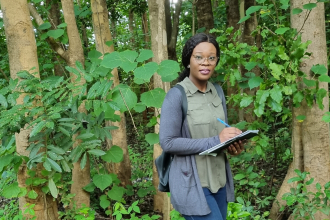Call for Paper: ERE Special Issue in Ecosystem and Human Health
Submission: Deadline: October 15th, 2022 Submission instructions: https://www.springer.com/journal/10640/updates/20241632 The call for this Special Issue solicits empirical or theoretical economic…



